Bali. Beautiful, tranquil, spiritually restful Bali. It has imprinted itself into our memories through all of our senses. If we close our eyes, we can still smell the incense burning in the little daily Hindu offerings left on the statues and the streets and on the sidewalks. The sound of a certain ringtone and I hear the sound of the percussion-only gamelan orchestral music that, although a little jarring at first, grows on you very quickly. The sight of the peaceful patterns that the rice paddies make as you scan the fields. The taste of the fantastic Balinese food and its fresh spices. There are other things too, such as the sight of many kites flying in the sky and the beautiful strings of large double marigolds hung on the Hindu statues. When we think back on Bali now, any stress we are experiencing feels lessened. It is powerful Bali magic.
 Daily Hindu offerings, which are everywhere.
Daily Hindu offerings, which are everywhere.
Bali is the only Hindu island of the more than seventeen thousand islands within the Muslim country of Indonesia, with the Papua province being at least one other exception. This Hindu culture is fascinating and beautiful, and is a large part of what makes Bali special and stand out from the rest of Indonesia. We spent a day in Denpasar feeling our way around the new foods and customs. That search yielded a purveyor of pork dishes where we ate a hauntingly good dish of Gulai Babi, a type of pork curry. Pork isn’t a dish you’ll find in most of Indonesia as again it is Muslim and well, they don’t eat pork. We left Denpasar, stopping for a day at Tanah Lot to see its famous temples before resting for better than a week in Ubud, the spiritual capital of Bali. A relatively hot topic of discussion while there was that President Obama had recently visited Indonesia and had travelled to Ubud. The locals seemed delighted by his visit as he is incredibly popular in the country. We certainly understood why he was drawn to the place as we enjoyed Ubud so much that we had trouble leaving ourselves. In fact, we extended our stay there an additional week. As we wandered around we saw that many people were busying themselves making structures and putting together vast numbers of baskets of flowers and other items that looked like offerings. As fortune would have it, they were about to have one of the most important Hindu ceremonies which only occurs approximately every five years. The Hindu mass cremation ceremony is very long and elaborate, and thus expensive, so only the really rich can afford to have an individual cremation ceremony shortly after a family member dies. What is more typical is to bury their dead and when the mass cremation ceremony date is set, they exhume the bodies and participate as a larger community. This allows the family to share the expense with other families.
 The temple of Tanah Lot at sunrise.
The temple of Tanah Lot at sunrise.
As mentioned, we were incredibly fortunate with our timing. We saw the ngaben, the actual sarcophagi that the bodies would be placed into and burned, most of which resembled large black bulls, depending on the person’s caste. Anyone is permitted to watch the ceremonies, but if you go, you are required to dress appropriately by wearing a sarong with a sash tied around your waist. It was absolutely fascinating, a cacophony of color from people and props and sound from gamelan orchestras. There was clearly some organization to it, but it didn’t feel formal. Many people were just milling around and most were smiling and laughing; this was not a solemn occasion, it was a festive one. There were several processions which are more easily described in photos. Here is a photo gallery from the cremation ceremony, and the rest of the post continues below:
The cremation ceremony was certainly the cultural highlight of the trip. However, we also saw two Balinese dance performances where the performers contorted their fingers and toes into positions we cannot replicate. Our favorite was called Legong, and the dancers were accompanied by a gamelan orchestra. The other was Kecak, where the music is created by dozens of men chanting rhythmically as the dancers perform. It was not so much a true dance as we think of it in the west as it was a performance based on stories told through movement and costume.
Besides experiencing the Hindu culture, we took a couple of classes. One, a coffee cupping class, which is how the experts judge a cup of coffee. We thought we knew how coffee was processed, thanks to Colombia, but we learned that there are other ways of processing coffee beans and that each process is reflected differently into the taste of the beans just as much as the location in which the beans grow. The other class was a cooking class and we were taught as much about Balinese culture as about their food. Balinese cooking uses no prepared sauces like soy sauce; everything is prepared fresh. The food was fantastic, with complex flavors and it was Denise’s favorite cuisine of the trip so far. The peaceful scenery is what made leaving Ubud so hard, so we just hung out and relaxed. We stayed outside of town, surrounded by rice paddies and flocks of ducks. The Balinese like to fly kites, mostly just for fun and it was a joy to spot them in the sky. Denise took a few yoga classes and, despite not being a fan of massages, enjoyed a Balinese massage. I could not because my ribs were still quite sore from my surfing lesson in Australia.
We went to Java for a few days, which we’ll cover in the next post, and then returned to Bali for our final week. Although we were glad we went to Java for its sights, we found ourselves beaming upon our return to Bali. We spent our last week on Nusa Lembongan, a small island off of Bali where the standout activities are diving and snorkeling. The diving here is too advanced for us but we were able to snorkel in the crystalline water with amazing visibility. The Balinese have voraciously protected their reefs from both the dynamite and cyanide fishing that have been so ruinous in other parts of the island chain, so were in great condition. They also cultivate seaweed, which provides an income other than fishing which in turn allowed for viewing large reef fish that would otherwise have been missing. The highlight though was snorkeling with huge and magnificent manta rays, a first for us. The largest manta had a four to five meter wingspan! We were told they are harmless but I was less convinced when confronted with one swooping right toward me with its huge gaping mouth. You can share in my understandable fear in this video where you can see my ill timed decision to dive below the great beast at the same time as it turned back toward me. I could not swim fast enough!
We also braved an afternoon in the Australian stronghold of Kuta. Though deplorably over-touristed, it is a wonder for people watching. I especially enjoyed sitting on the beach and simply watching. No matter where your head was turned, there were surfers attempting to launch themselves onto their boards with varying degrees of success as a wave crashed just behind, or in some cases on top of, them. We started a list of things we’d like to see in Indonesia when we next return. There are of course the orangutans of Sumatra and the Komodo dragons off Flores at the top of the list, but we think any trip back to Indonesia may have to include at least a few days in Bali. Beautiful, tranquil, spiritually restful Bali.





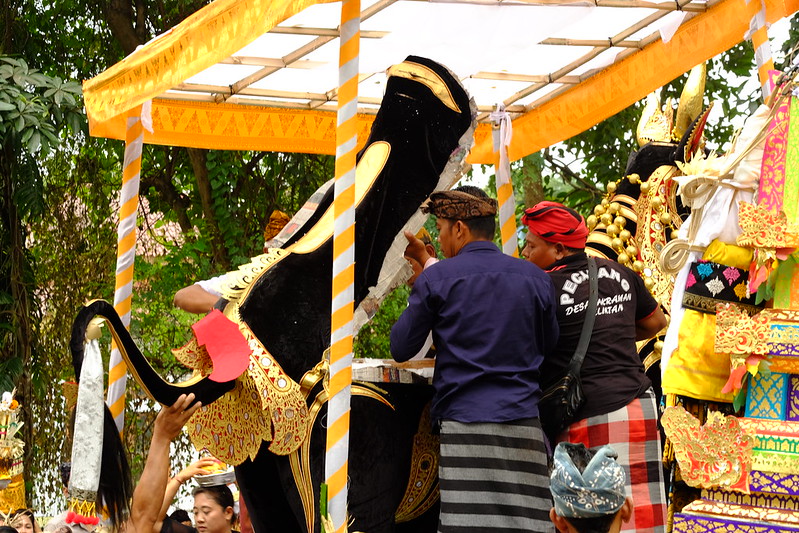
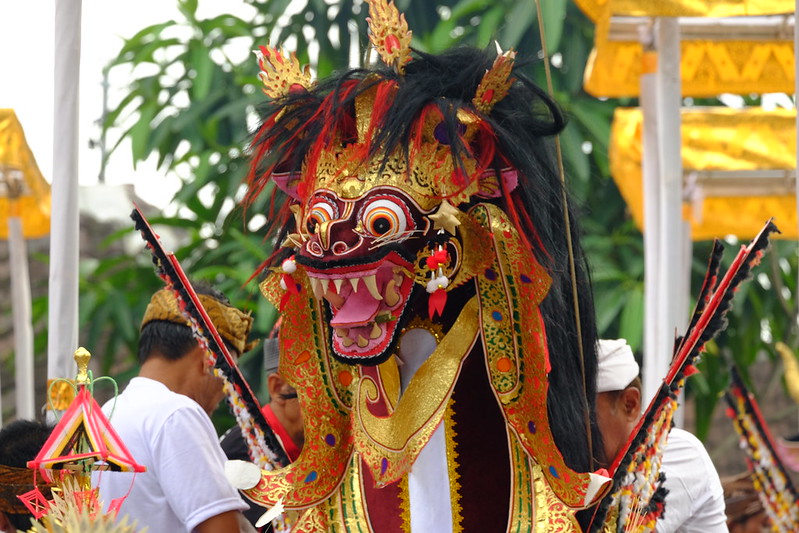
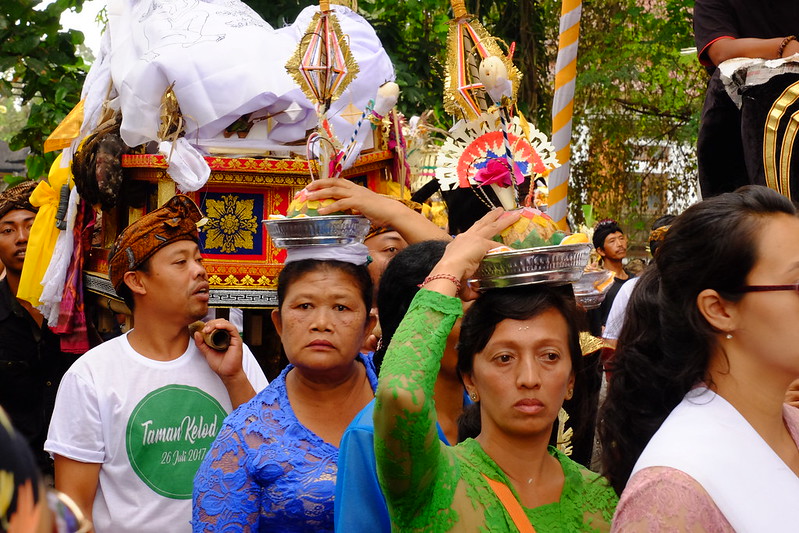

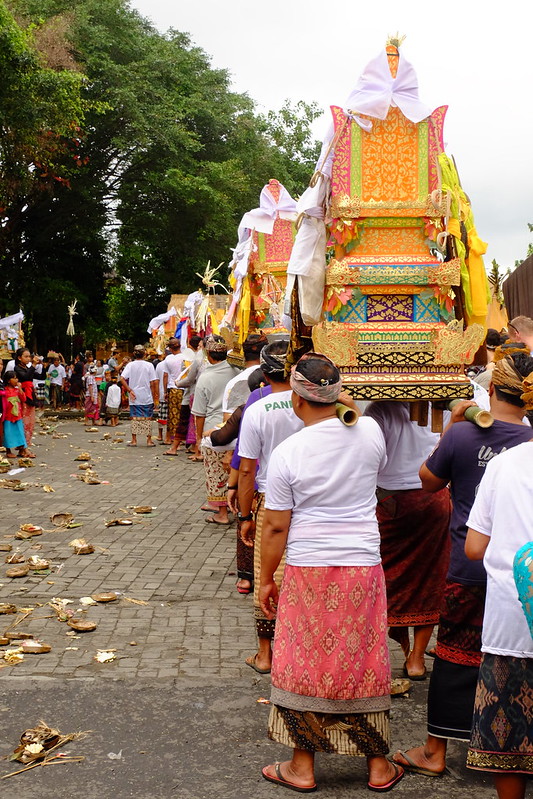











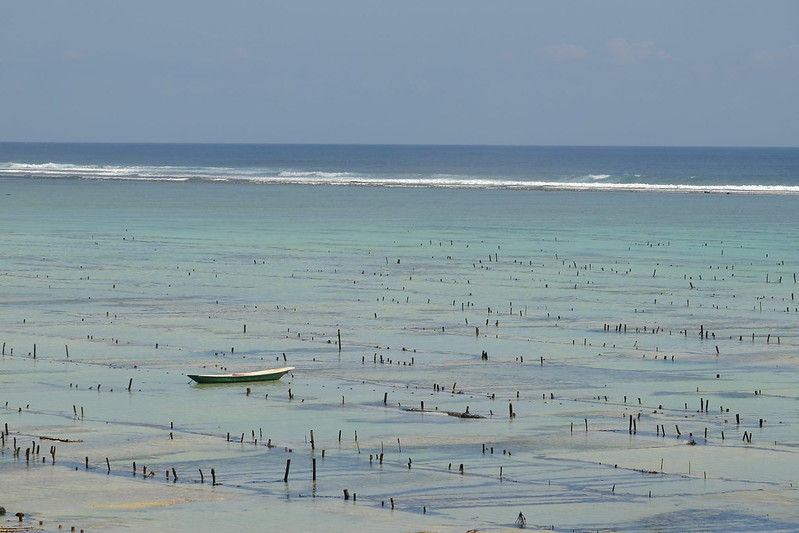




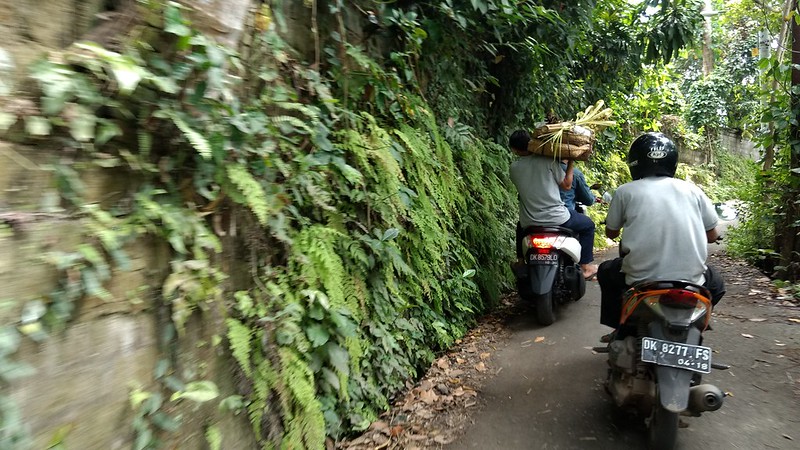






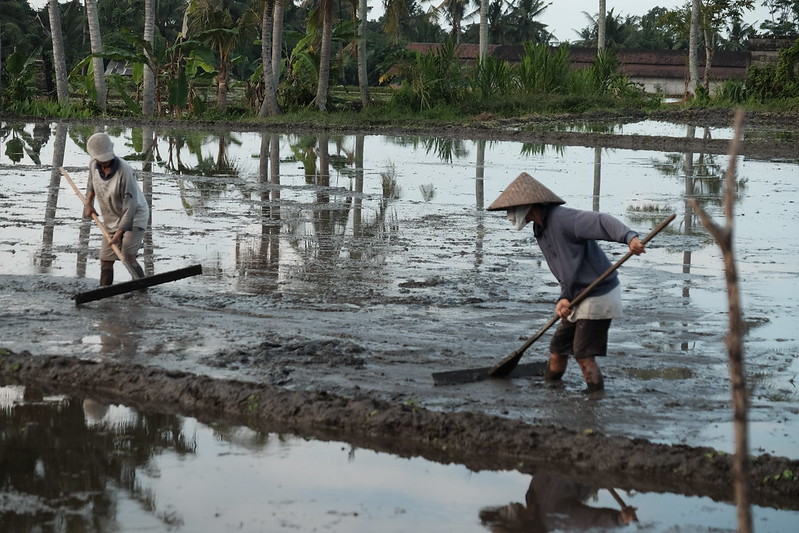

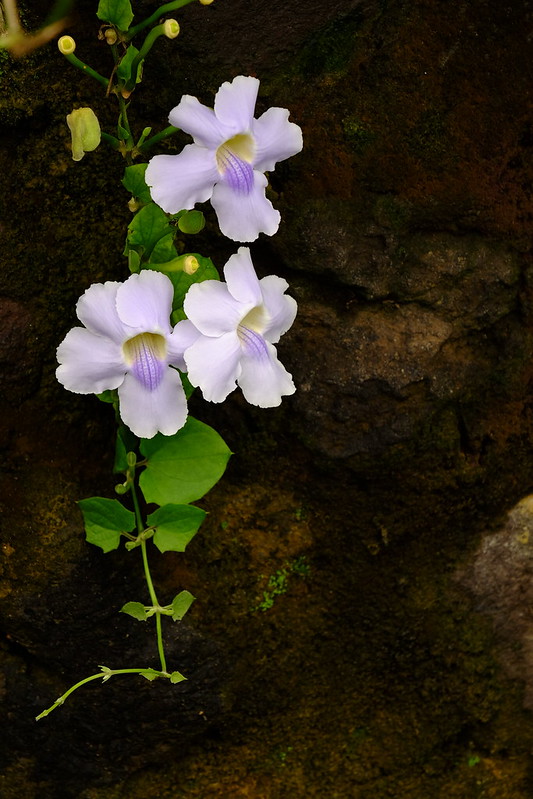

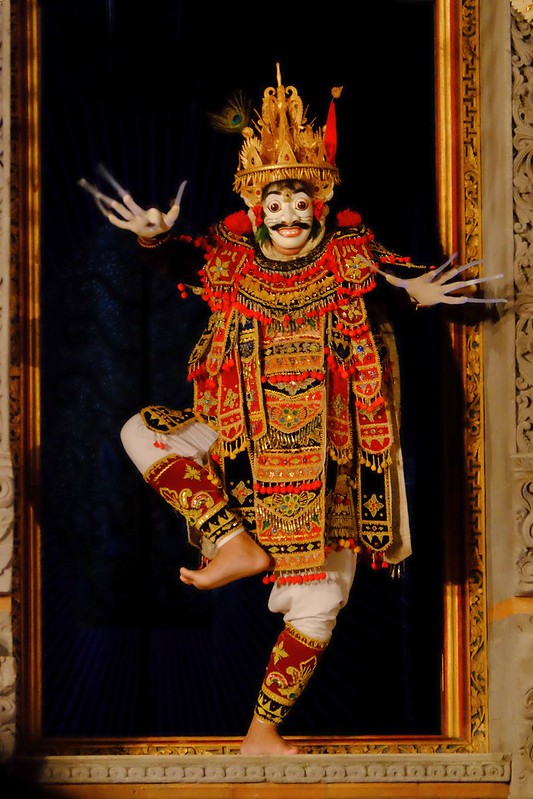






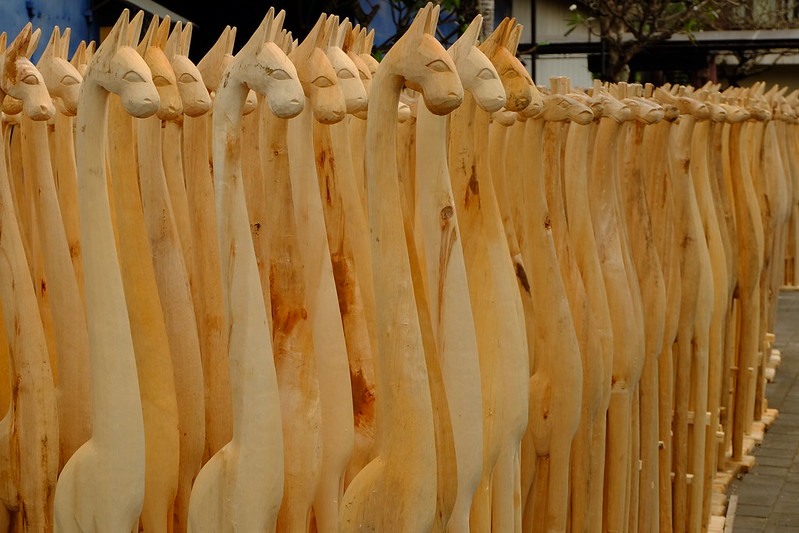
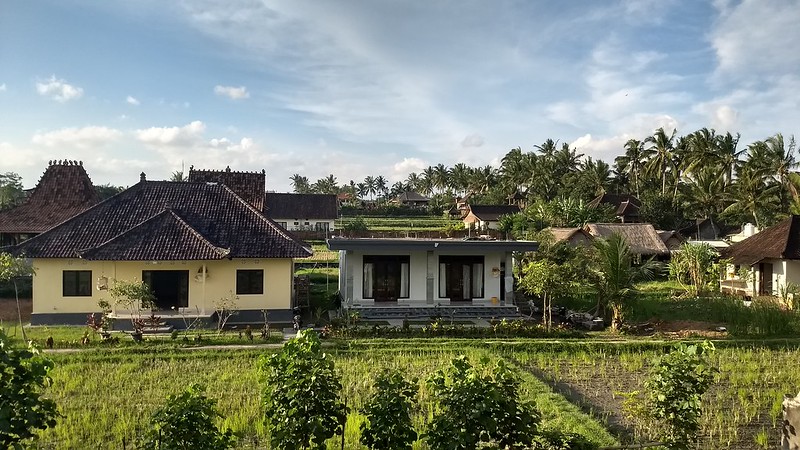


6 replies